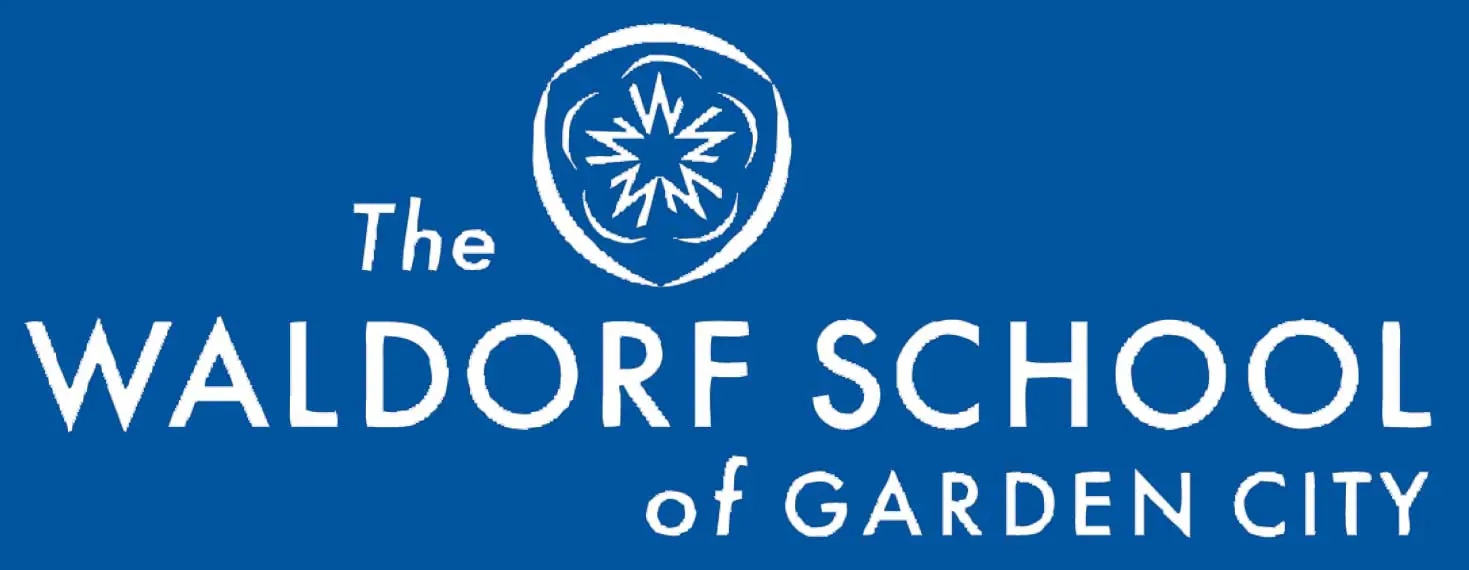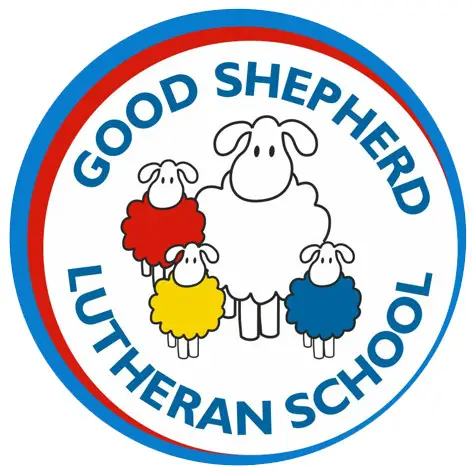More News Articles:
What Is Open in NYC on Christmas Day?
Christmas day is a wonderful time to explore the attractions of the New York City area. Here's what is open in NYC on Christmas day this year.Latest News:
LuminoCity Festival of Holiday Lights Returns for 2022
LuminoCity Holiday Lights Festival has returned for the 2022 season and will be on display through Jan. 9, 2023.Family Activities:
Have a Laugh:
Best Memes of the Week for Parents
Here are the funniest parenting memes from Instagram, Facebook, and Reddit this week.Featured Listings:

The Waldorf School of Garden City
Garden City, NY Founded in 1947, The Waldorf School of Garden City is an independent, coeducational, college-preparatory day school for students age three through twe...

Alcott School
Alcott is a preschool and special education program in Westchester County New York, founded in 1968 by Arlene Donegan, and has an outstanding history ...

Good Shepherd Lutheran School
Plainview, NY Good Shepherd is the leading Christian preschool in the Plainview, NY area providing a range of fully licensed year-round, school year and summer camp...

Winston Prep Long Island
Dix Hills, NY Winston Preparatory School Long Island is a leading school for students with learning differences, including dyslexia, ADHD, and nonverbal learning di...


